DL COAT PLASTIT® DLC XTENDED® PVD Chromium VI Replacement Deep Black Coatings
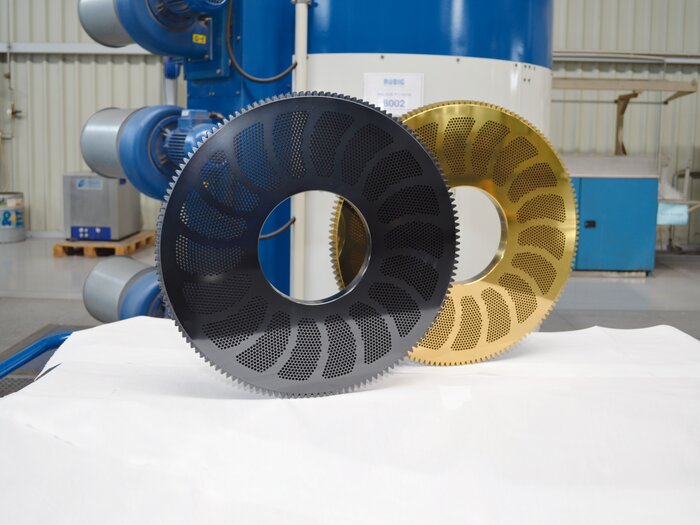
PACVD (Plasma Assisted Chemical Vapor Deposition) and PVD (Physical Vapor Deposition) are two high-tech processes for surface finishing. Both create an ultra-thin coating that makes the material more resistant to wear and corrosion. Through precise control of these coating technologies, even complex geometries can be reliably protected, significantly expanding their range of applications.
The main difference: In PACVD, a coating is deposited on the workpiece with the help of a low-pressure plasma from gaseous or liquid precursors, whereas in PVD the solid coating material is evaporated under vacuum through energy input (or the evaporated material is ionized and then deposited). Both technologies enable ultra-thin, hard, and uniform coatings to fulfil highest demands. They are typically used in industries such as automotive and tool manufacturing, medical technology, and aerospace, where increased wear resistance, durability, and top quality are required.
| Feature | Standard‑DLC (DL Coat PLASTIT®) | DLC Xtended® (Duplex) | PVD |
| Ask about DLC Xtended® | Get infos for PVD Coatings | ||
| Coating thickness | ~1–3 µm (typically ~2 µm) | 5–15 µm (standard); up to 20–30 µm possible in special cases | All PVD-DLC coatings (DLC-MoS₂, DLC-CrC, DLC-WC/C – Tribo, DLC-WC/C – deep black) have a thickness between 2 and 4 µm |
| Hardness | ~2000 HV (a C:H:Si), up to ~3500 HV (a C:H) | 500–2500 HV |
|
| Coefficient of friction (dry against steel ) | ~0.1 or lower | 0.05–0.1; with run-in layer: ~0.03 | 0.05–0.1 |
| Coating temperature | ~150–200 °C (gentle, no distortion) | ~490 °C (with nitriding); ~450 °C without nitriding (DLC only) | ≥80 °C – 500 °C (typically in the low temperature range) |
| The listed coating properties were achieved under ideal conditions. Depending on surface finish, component size, material, and other conditions, the properties on the actual part may vary. | |||
|
Feature |
Standard DLC (DL coat PLASTIT®) |
DLC Xtended® (Duplex) |
PVD |
| Request PVD Coating Details | |||
| Process | PACVD coating (a C:H:Si / a C:H) on pre-treated base material | Duplex: plasma nitriding + PACVD-DLC in one process (harder surface case, Si bonding interlayer) | PVD process (physical evaporation, “line-of-sight” process) – specifically deposits DLC coatings (MoS₂, CrC, WC/C), each distinguished by variant-specific properties |
| Corrosion protection | Very high (for corrosion-resistant steels) but limited by coating thickness (chemically resistant to many media); >1000 hours | Very high (for tempered steels): >500 h neutral salt spray without red rust (with Duplex); coating also covers larger surface defects. Only of limited use on stainless steels. | Very good corrosion protection for stainless steels. Limit: coating thickness and chemically resistant to many media; >1000 hours |
| Component size | Small to medium-sized components (max. component length 600 mm) | Very large components possible (max. component length 2 m) | Often limited to small to medium-sized components (max. component length 600 mm) |
| Typical application | e.g. precision parts, injection mold cores, valves, decorative coatings | e.g. hydraulic cylinders, pistons, highly stressed machine parts – as a hard chrome replacement | e.g. tools, medical technology. Also used in decorative applications (e.g. jewelry, watches, optical components). |
| Coatable geometries | Medium complexity – internal coating only possible to a limited extent; undercuts only partially coatable | High complexity – complex geometries, internal surfaces and deep undercuts can be coated | Low complexity – no internal coating; undercuts only coatable to a limited extent |
| Material compatibility (tempering temperature) |
Nitriding steels, hot-work steels, tempered steels (50 °C above the coating temperature), stainless steels, case-hardening steels, chrome-plated parts, titanium, aluminum (tempering temperature >200 °C) | Nitriding steels, hot-work steels, tempered steels (50 °C above the coating temperature), stainless steels (limited) | Nitriding steels, hot-work steels, tempered steels, stainless steels, case-hardening steels, non-ferrous metals (pre-treatment necessary), titanium, aluminum, plastics, fabrics |
| The listed coating properties were achieved under ideal conditions. Depending on surface condition, component size, material, and other factors, the properties on the part may vary. | |||
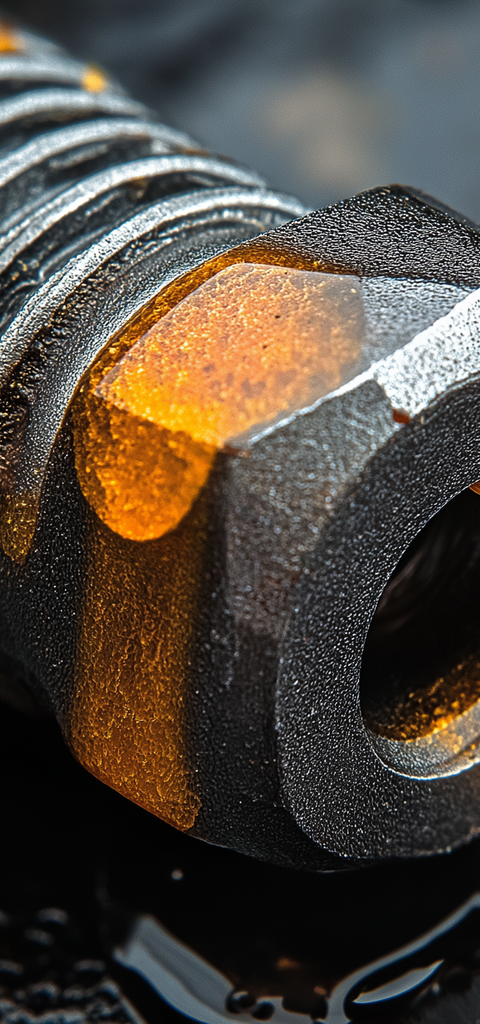
Your component shows rapid wear or scoring marks?
Solution: A DLC coating offers extreme hardness and a very low coefficient of friction to significantly reduce wear. It is ideal for tribologically highly stressed parts (e.g. pistons, bearings, tools), even with minimal lubrication.
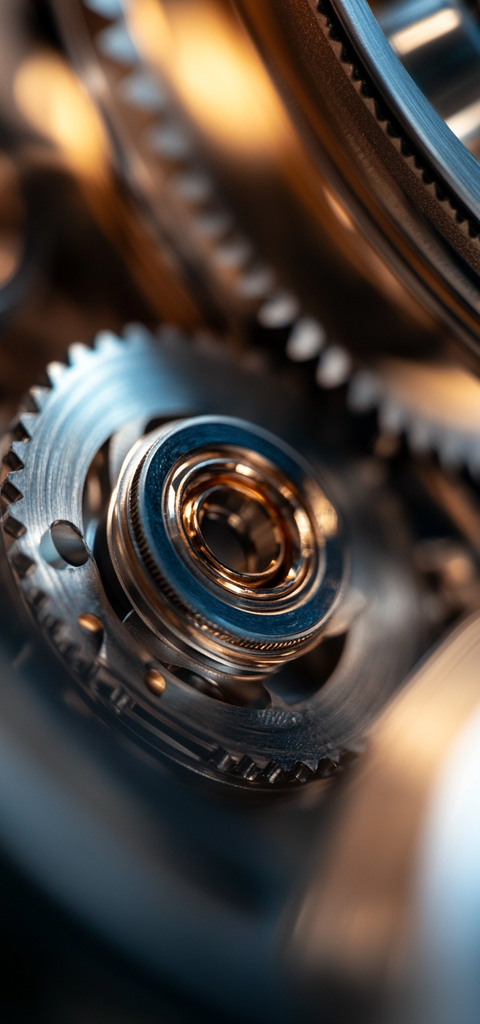
No or very little lubricant can be used?
Solution: DLC coatings are excellently suited for lubricant-free applications. Thanks to their smooth, low-friction surface (coefficient ~0.05), components maintain great emergency running properties even without oil/grease. For example, valves, piston pins or mold parts in plastic injection molding benefit from the low-friction coating. This makes cleaning easier (easy-to-clean effect) and can prevent fouling and non-ferrous metal wear.
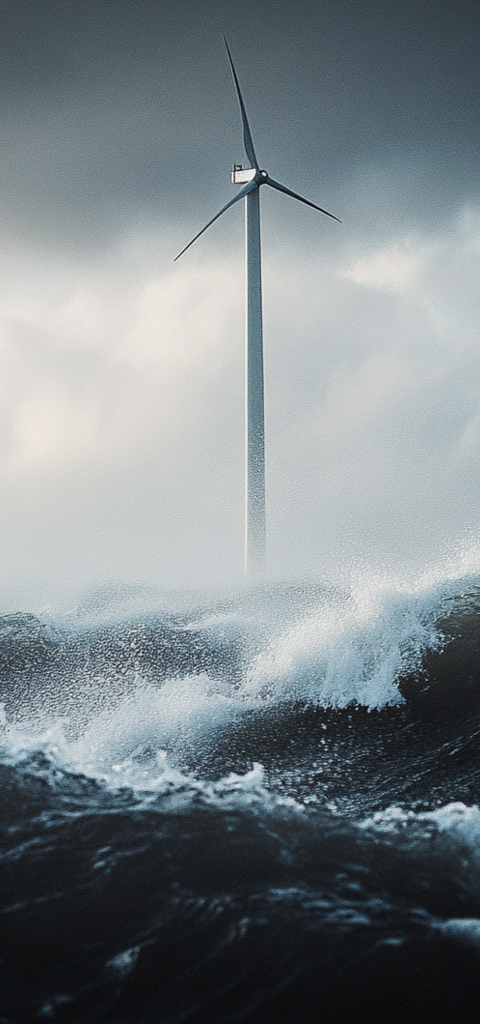
Is the component corroding or being attacked by chemicals?
Solution: RUBIG’s carbon-based coatings provide high corrosion resistance and chemical stability. A DLC coating protects steel parts from rust and many chemicals without significantly changing dimensions (coating thickness in the low µm range). DLC Xtended® achieved corrosion resistance of 500 hours in neutral salt spray tests (on tempered steels) without red rust; in internal experiments, even after over 1000 hours of salt spray, only unalloyed steels showed slight corrosion, while alloyed steels exhibited none.
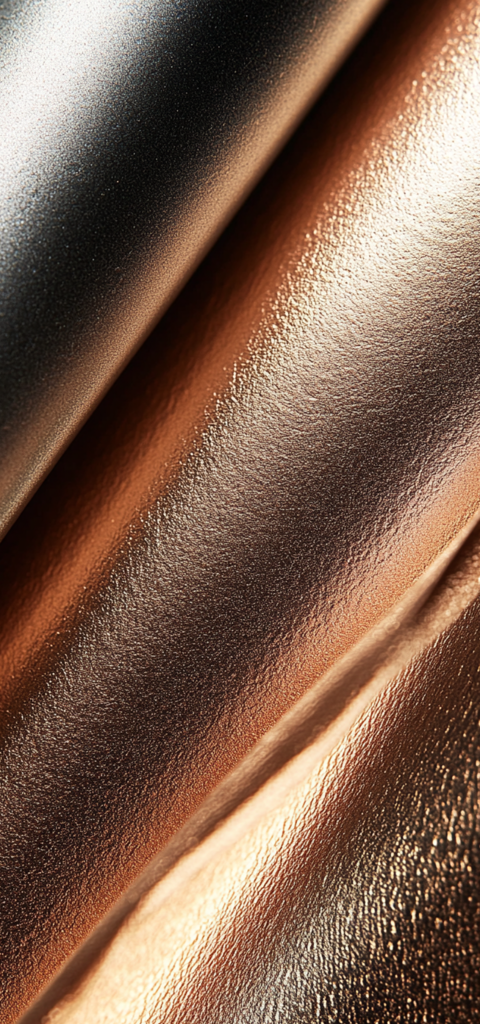
Must your component not be exposed to high temperatures?
Solution: PVD solutions have the advantage of operating at comparatively low temperatures – ideal for temperature-sensitive materials such as low-alloy steels, plastics or fabrics. Thanks to optimized PVD processes, we can apply coatings even on delicate materials without affecting their properties.
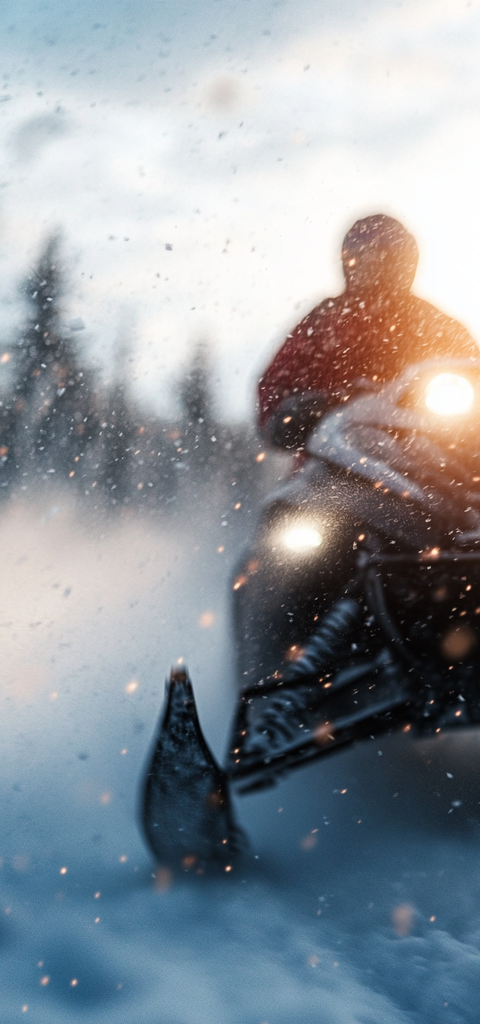
Do you need ultra-hard surfaces for extreme loads?
Solution: DLC Xtended® combines the DLC coating with a preceding hard treatment (duplex process, e.g. plasma nitriding). Surface hardness of 500 to 2500 HV is achieved; new developments even allow up to ~4000 HV – significantly harder than many hard chrome coatings.
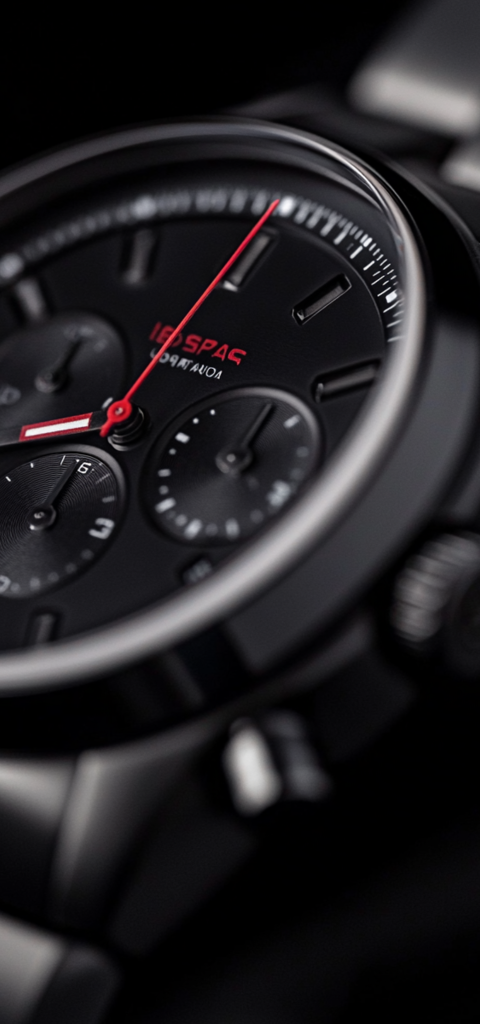
High-end appearance or special industry requirements desired?
Solution: RUBIG offers, besides many colors, deep black PVD coatings with an elegant finish that are both wear- and corrosion-resistant – ideal when both functionality and design matter (e.g. in the optics industry or for visible components).
Our experts will gladly advise you and find the optimal approach together with you.

DL coat PLASTIT® & DLC Xtended® are your perfect coatings – and my specialty.
Sales Manager Heat Treatment

PVD is your perfect coating – and my specialty. Let’s talk!
Managing Director, RUBIG Technology
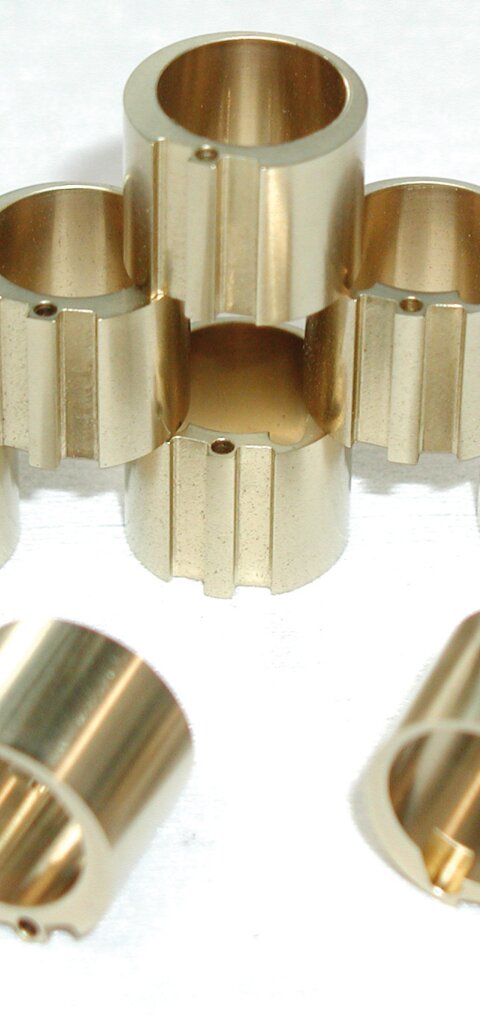
Technological precision for the highest demands
DL coat PLASTIT® is an advanced coating solution based on state-of-the-art PACVD technology. The low-temperature process treats sensitive materials especially gently, allowing precise control of the coating thickness. With approximately 2 µm thickness and hardness values up to 3500 HV, DL coat PLASTIT® provides optimal wear protection and significantly reduces the coefficient of friction – resulting in near dry-running surfaces. This solution is ideal for demanding applications in mechanical engineering, the automotive industry and other fields where the highest precision and durability are required.

The next generation of coating technology
DLC Xtended® uses an innovative duplex process that combines a conventional DLC coating with a preceding hard treatment. This synergy results in exceptional hardness values (up to ~2500 HV) and significantly improves the wear and corrosion protection of your components. The optimized layer structure greatly extends the service life of the coated components, allowing them to perform reliably even under extreme stresses. DLC Xtended® is therefore the ideal solution for applications in heavy industry and high-tech sectors where maximum performance and endurance are demanded.
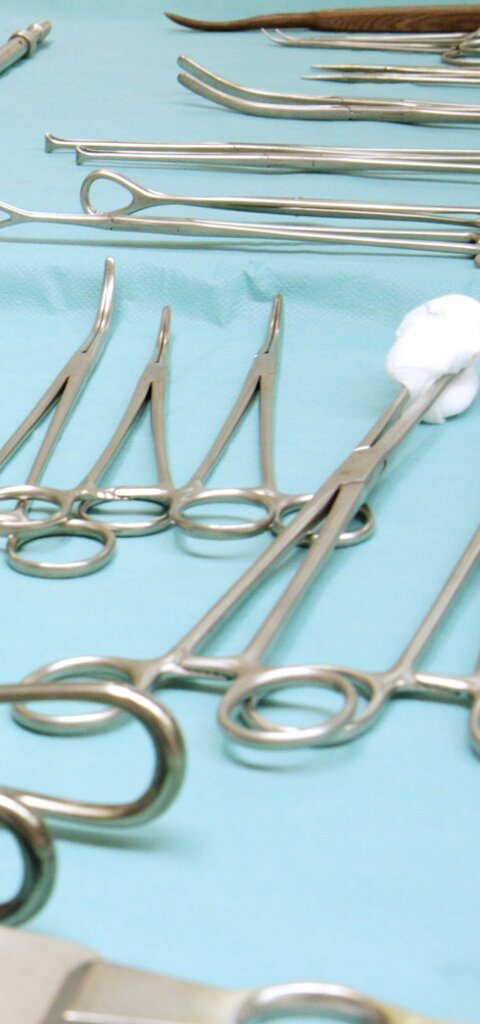
Precision and versatility in coating technology
PVD technology (Physical Vapor Deposition) enables the deposition of high-strength, thin coatings that meet both functional and aesthetic requirements. PVD coatings provide excellent protection against wear and corrosion, while also allowing decorative effects through a wide range of color and texture variations. Thanks to precise control of the deposition process, coatings can be applied uniformly to a wide variety of materials – even temperature-sensitive ones. This technology is ideal for applications in diverse industries, from automotive and mechanical engineering to medical technology, and offers the highest process stability as well as consistent quality.
With DLC Xtended®, RUBIG introduces an innovative Chrome(VI) replacement technology that fully replaces hard chrome coatings (Chromium VI, “Chrome 6”) in hydraulic cylinders, mechanical engineering, and OEM components.
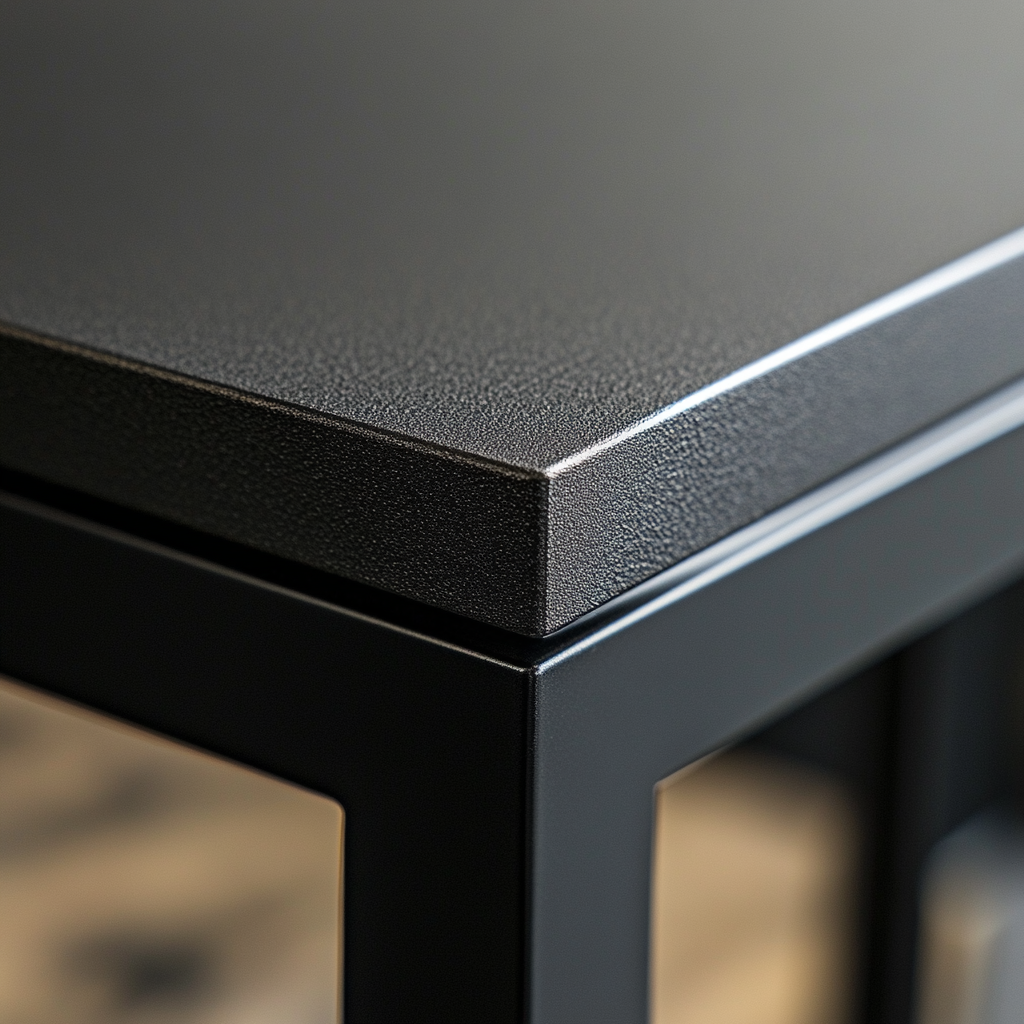
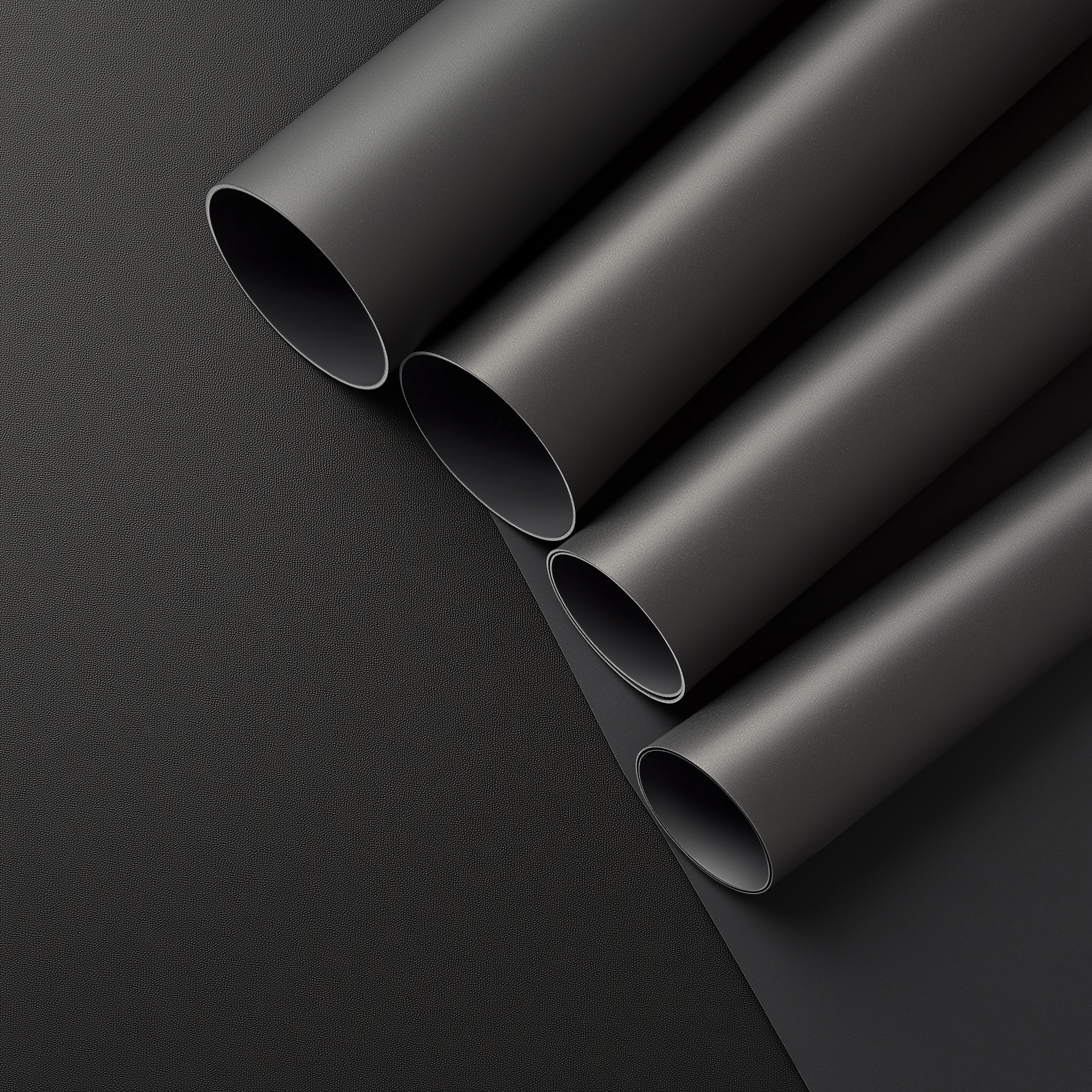
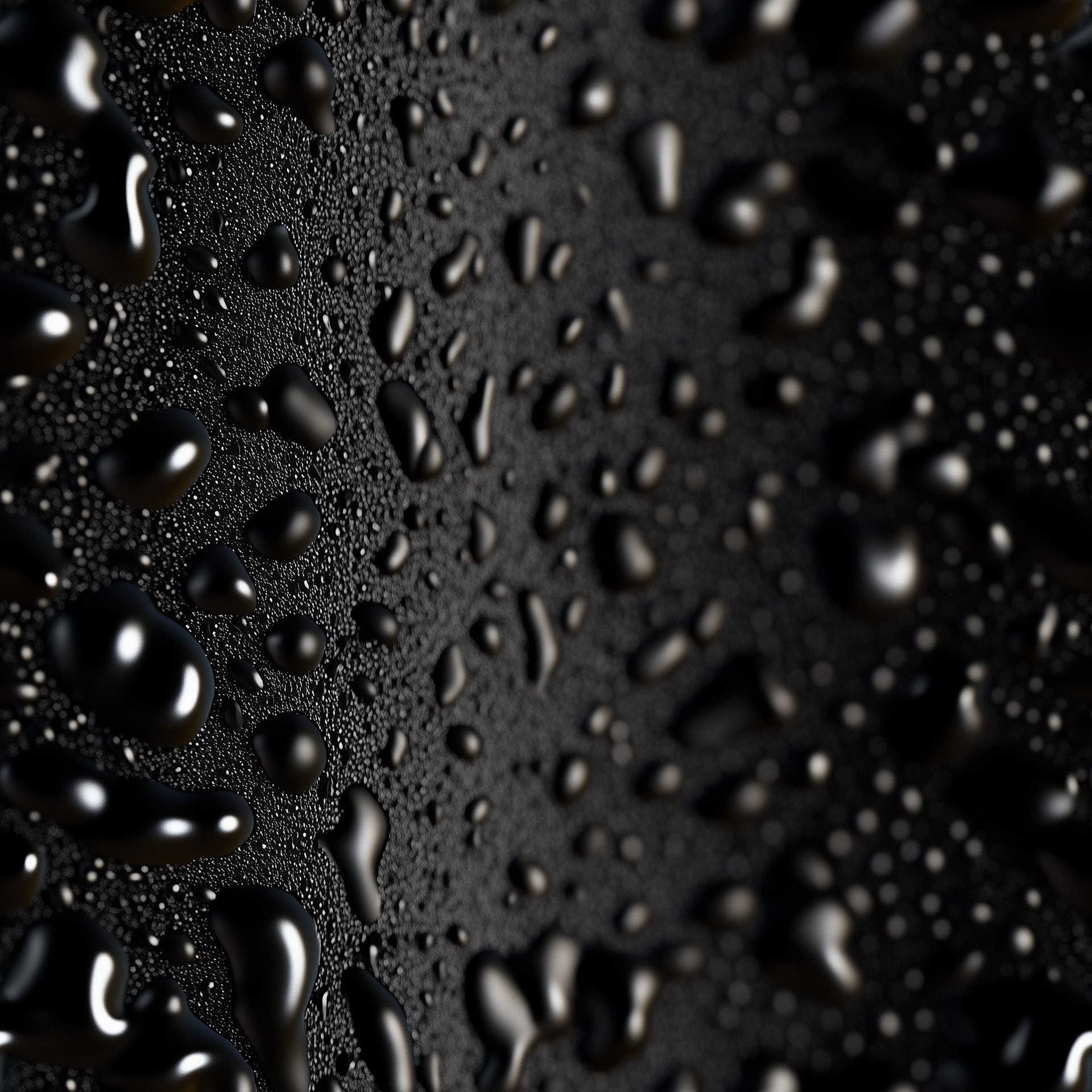
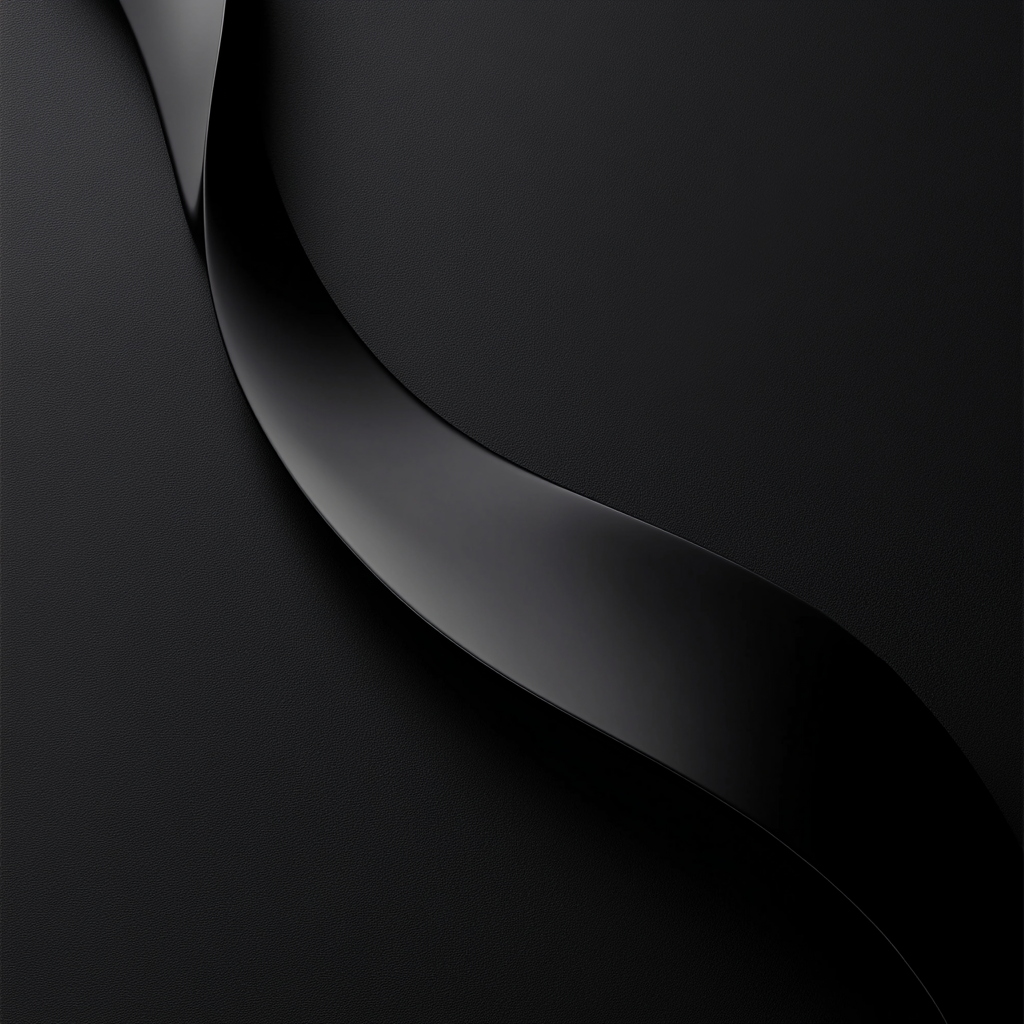
These special variants offer not only a very aesthetic, deep black appearance, but also mechanical advantages such as outstanding abrasion resistance and improved chemical resistance. Black coatings are often used in the optics industry to create low-reflection surfaces, and are also applied to components that must meet both functional and aesthetic requirements.
The coating is deposited with a particularly dense structure that ensures high adhesion on various substrates. It is visually striking, achieving an L* value (Lab color space) below 35, and under certain conditions even below 30 (measurement method: diffuse 8°). Additionally, the coating also protects against UV radiation and weathering, and contributes to corrosion resistance, making it a versatile solution.
How can we help?
We are happy to advise you personally. Contact us and get detailed information about the coating you want!
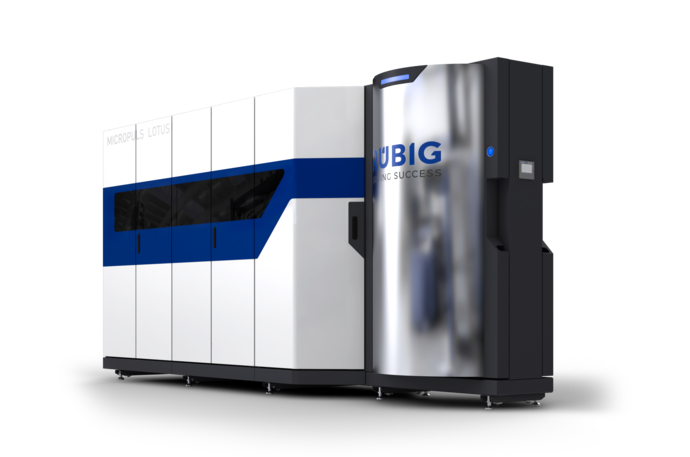
The MICROPULS® Lotus coating systems from RUBIG represent the highest quality in plasma-assisted surface refinement. They combine a compact design with innovative technology – ideal for industrial applications with the highest demands on coating quality and process reliability.
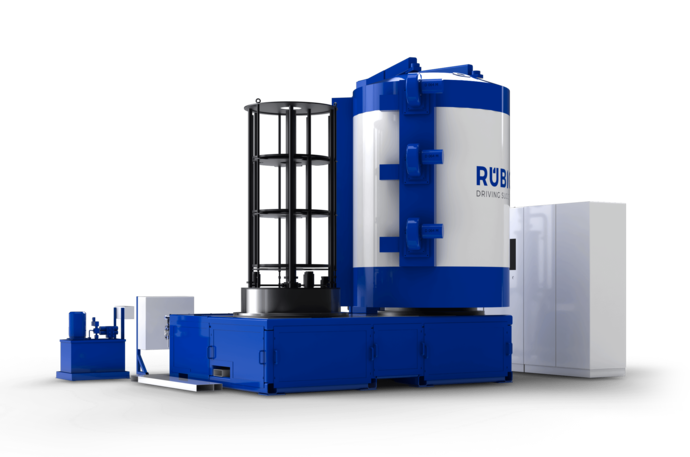
With the MICROPULS® Diamond Xtended, RUBIG delivers one of the most innovative system solutions in the field of DLC coating technology.

With over three decades of technological leadership, we develop equipment solutions precisely tailored to your manufacturing processes. Consult with our experts to implement a solution that sustainably optimizes your production.
Head of Sales - Industrial Furnaces